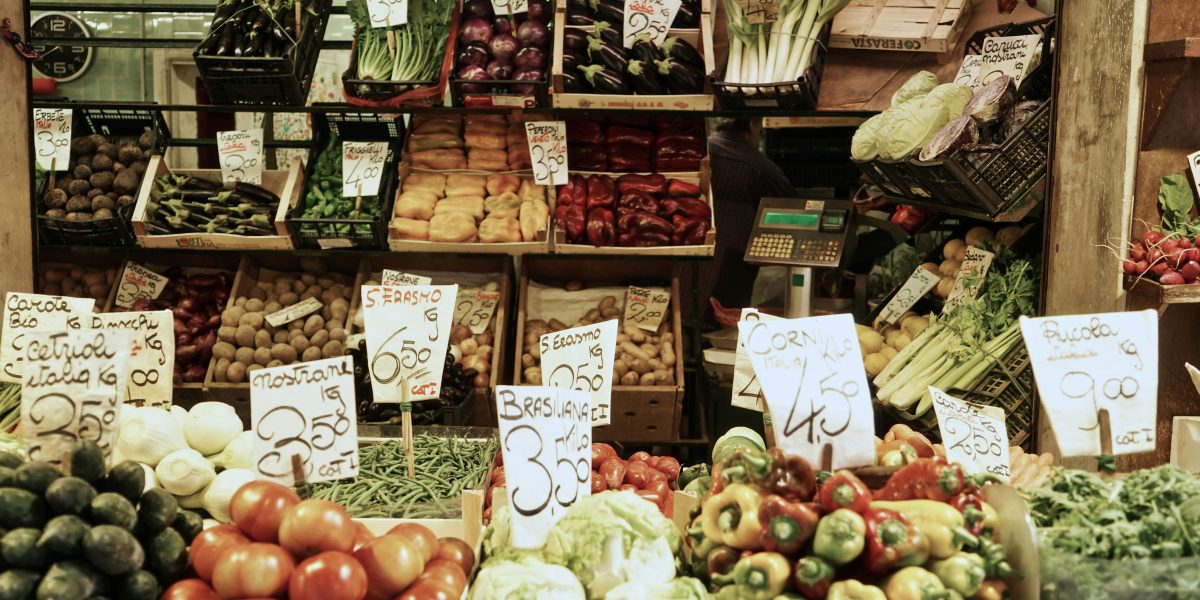The agri-food sector in Catalonia moves around 50.000 million euros every year, which are distributed among the different parties that participate in the value chain, such as producing entities, intermediaries or points of sale to consumers.
Between the production process and the final consumption of a food there are several phases that it goes through, and, in the same way, there are different people who work in these phases, so the price of a product becomes more expensive as it passes from one phase to another.
From the farmers to the stores, all parties assume tasks that involve costs and expenses: labour, treatments, packaging, transportation, storage, staff salaries or product losses. The increase in price is marked by these costs, but also by the need for all parties to make profits.
The price in each echelon: artichokes
In the case of the artichoke, a food local to El Prat, some producers estimate “about €0.80 in cost“, so they then sell them for €1/kilo. Once the cooperatives buy the product, they sell it for €1.50, “although the price changes every week.” Later, the merchants who buy the artichoke for €1.50 come to set a selling price of €2.
Thus, a product that starts with costs that do not reach one euro ends up costing consumers more than double the initial price. This fact does not surprise anyone, since it is understood that “every person who touches the product wants to make a profit.“
Learn more data about prices and margins in the value chain: https://www.ccma.cat/324/del-camp-a-la-botiga-com-sencareixen-els-preus-dels-aliments/noticia/3283560/


